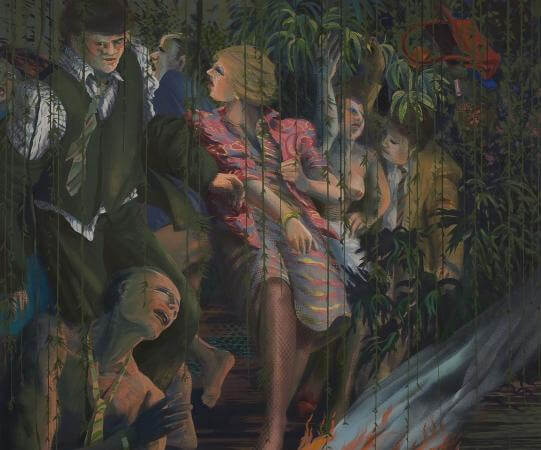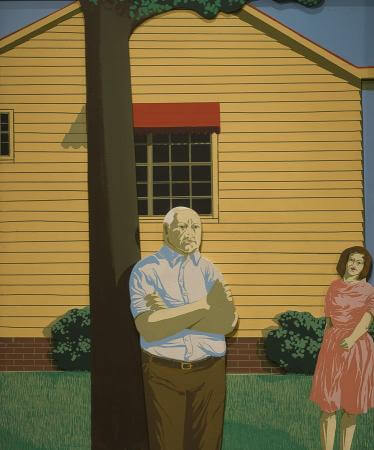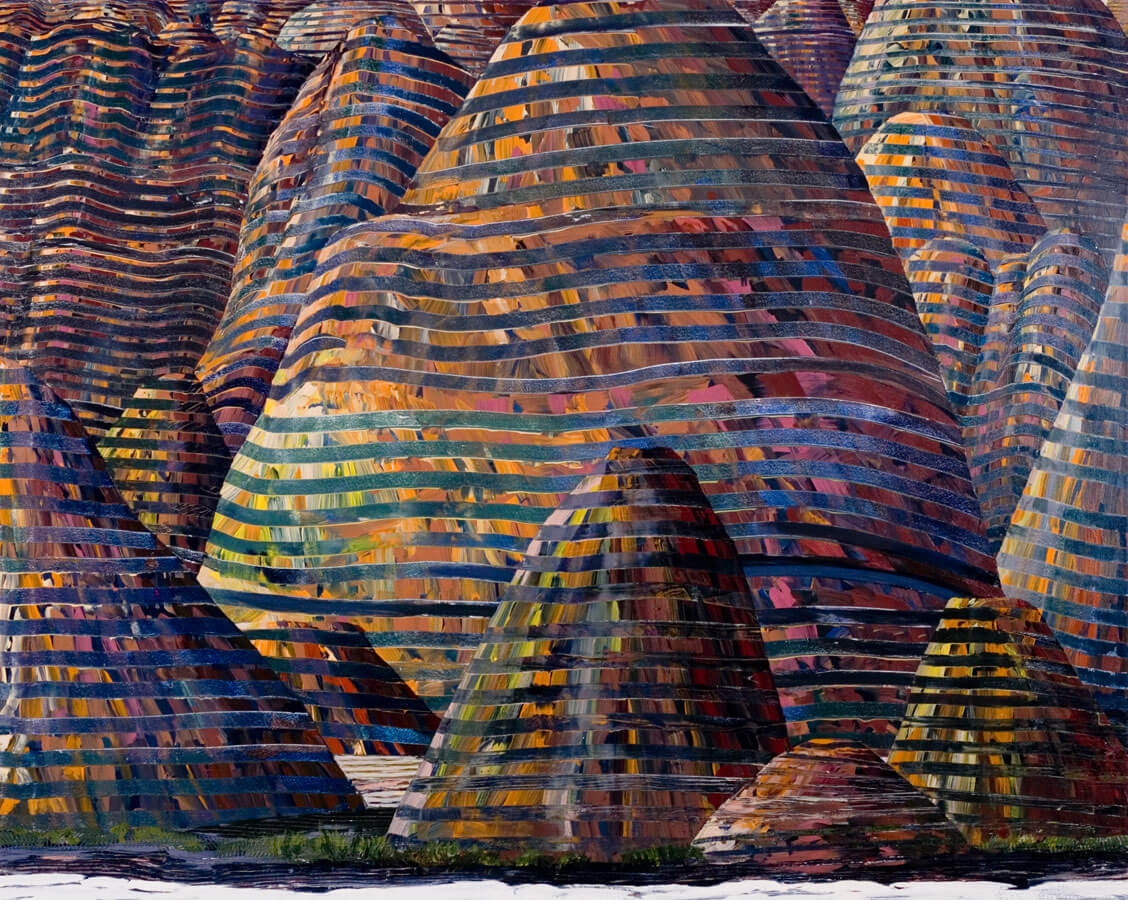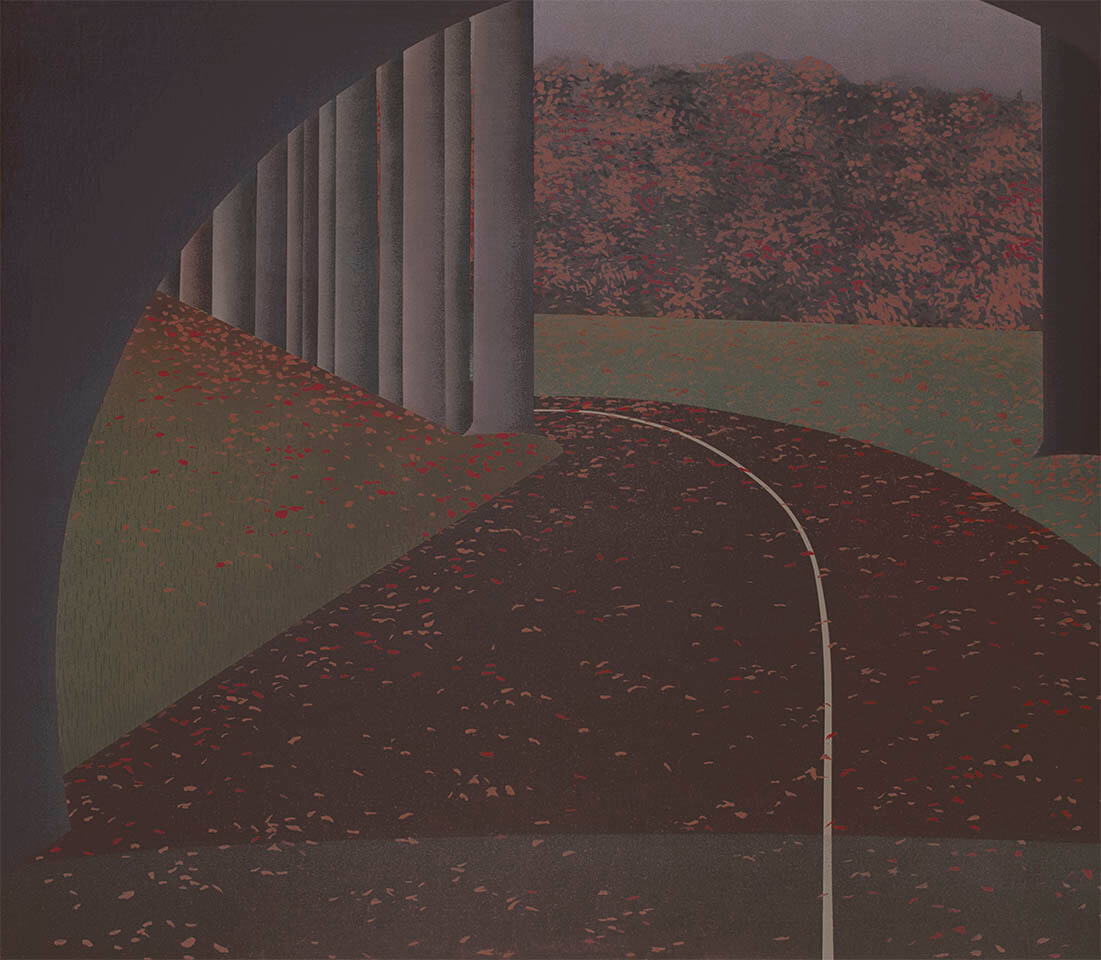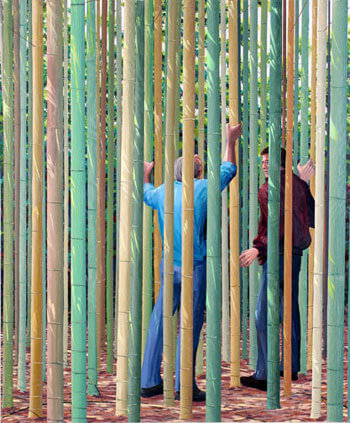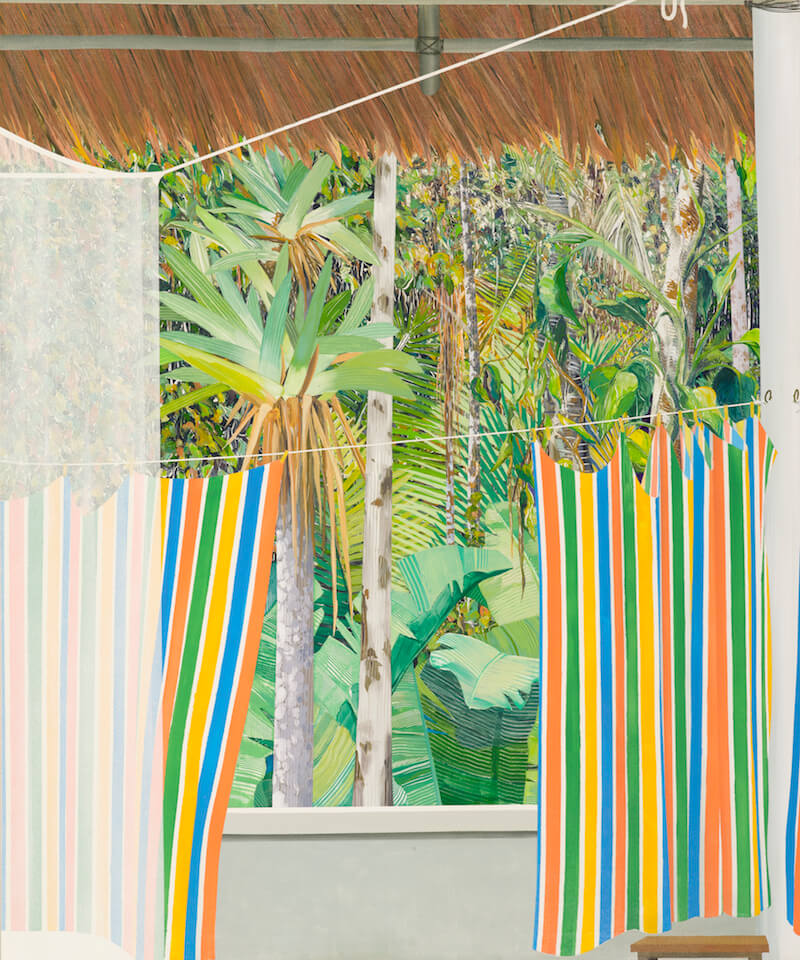This Thursday, October 15, I am pleased to participate in a discussion with fellow artist and blogger Sharon Butler and artist and UNCG professor Barbara Campbell Thomas titled Building on Maud’s Legacy: Place and Being an Artist. The discussion will take place at 6:00 pm at the Weatherspoon Art Museum Auditorium in Greensboro, North Carolina and is one of several events to accompanying the exhibition Remembering Maud: A Selection of Her Paintings at the University of North Carolina Greensboro, on view from September 24 – November 8, 2015.
The conversation will center around alternative career strategies (including blogs) open to artists today, including those who live outside major art centers. These strategies are the manifestation of what Donald Kuspit noted, in a 1977 essay, “technology … has obliterated the meaning of regionalism.” 1 This subject is inspired by Maud Gatewood, an artist who lived nearly her whole life in North Carolina, a fact that often led her to be labeled a “regionalist” painter despite an ambitious and critically successful career far beyond her home state. Even in the early 1950s, when Gatewood was a student, the “regional” distinction was becoming less meaningful.
Coming of age as an artist in that period, Gatewood benefitted from contact with some of the greatest artists of the day, many of whom travelled to North Carolina to teach at Black Mountain College. Gatewood did not attend Black Mountain, but nonetheless, she received critiques from both Philip Guston and Franz Kline. She also travelled to Europe, where she briefly studied with Oskar Kokoschka.
Although Gatewood remained in the south and painted “southern” subject matter, she was keenly aware of trends in Minimalism, Pop Art, and postmodernism. She wed her deep interest in subjects close to home with an affinity for the “coolness” of pop-art. In Gatewood’s words: “Creating a good painting is like walking a tightrope. You’ve got to make the thing work, but almost not work, to get that teetering sensation.” 2
Notes
1 Donald Kuspit, “Mythical Regionalism and Critical Realism,” Contemporary Art/Southeast, Apr-May, 1977 as cited in Robert Hobbs, Maud Gatewood: Re-visions, p. 13.
2 Hobbs, p. 11.
